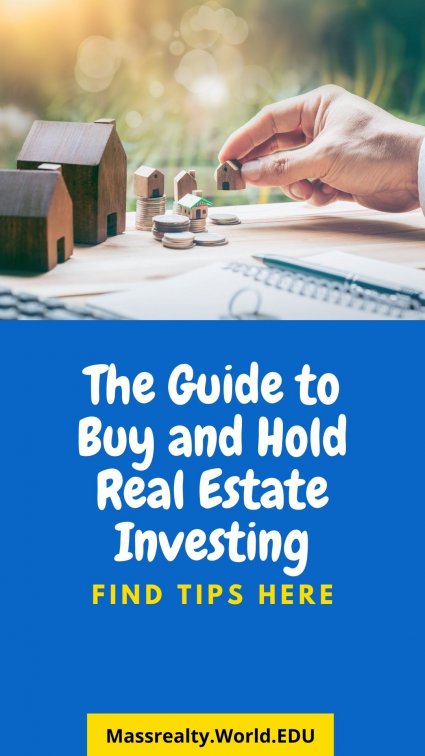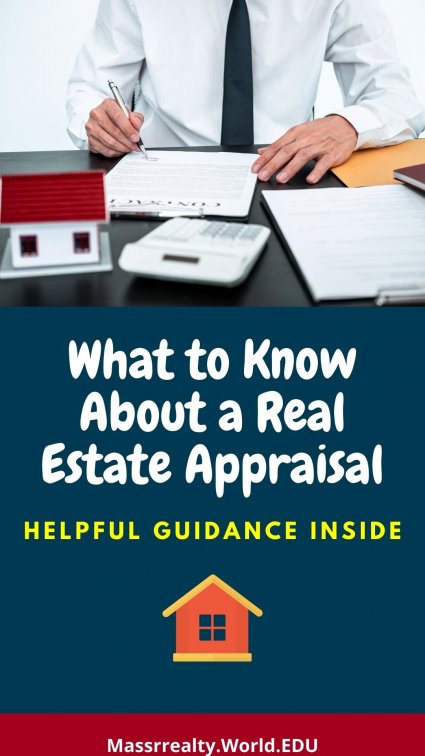
The work-from-home revolution has made home offices a requirement in many markets, with some agents reporting that a property’s home office is nearly as important to buyers as the kitchen.
But properly setting up a home office isn’t as easy as buying a desk and chair from IKEA. A good home office takes light, sound, space, and ergonomics into account to create a workspace that maximizes your productivity. Whether you’re using your home office for your full-time salaried job, or for a few side hustles, let’s go over some basic principles of how to set up the right home office for you.
Create a Separate Physical Workspace
You want to choose a location for your home office that’s quiet, aesthetically appropriate, and conducive to concentration. Ideally, this would be a separate room you won’t use for any purpose other than work.
This deliberate separation of space will help you get into a “work mindset” when you’re in your office and preserve the rest of your living space for relaxation and other activities. (Anyone who’s worked from the sofa in their living room knows how hard it can be to toggle between work and home mode.)
If you don’t have a separate room to spare and have to make do with a corner or nook, try to establish some separation. Use a privacy screen to cordon off the space, or make it visually distinctive so you’ll know you’re in a designated “work space” while you’re there.
If you opt for a nook, design experts suggest using a drop-down desk that can be folded up when not in use, or a glass one that will take up less “visual space.” And since you’ll likely be facing a wall while using your home office nook, take special pains to make the area you’ll be facing visually interesting — for example, with a mood board, art, or a large wall calendar.
Optimize Your Light
Maximizing the amount of natural light in your workspace is always a good idea. Sunlight has health and mood benefits that will increase your productivity and comfort, so place your workspace near windows.
You should also consider how much light your workspace will get at different times of day. If you need to be at maximum productivity in the afternoon, but your home office only gets sunlight in the morning, it might not be an ideal fit. Track how sunlight moves through your workspace over the day and place your desk accordingly.
Beyond natural light, studies have shown that cool, blue light boosts alertness and mood and reduces eyestrain. Interestingly, it boosts alertness by lowering melatonin production, producing an anti-fatigue effect similar to drinking coffee — which is why experts suggest avoiding screens close to bedtime. Installing blue-tinged lightbulbs in your home office could measurably increase your productivity. Consider using dimmers so you can finely adjust their intensity.
Also, consider using warmer, softer light in the rest of your home to encourage relaxation and differentiate your living space from your workspace. Not establishing some separation between work and living space is a bad idea in the long run because it can make you feel like you’re living in your office. Establish those boundaries now, or you may be offloading your space to a cash buyer and starting over in a new home.
Proper Desk Placement
Where you put your desk in your home office can have a massive impact on your productivity. Home design experts suggest placing it near a natural light source, facing the door, with your back to a wall.
Specifically, consider putting your desk perpendicular to a window. Facing the window could be too distracting, and putting the window behind you could produce an annoying glare on your computer or TV screens. Don’t forget to consider your backgrounds. In the Zoom era, you’ll want an uncluttered, pleasant-looking backdrop for your video calls.
The Right Furniture
Start with a good-quality office chair. Experts say you need a chair that supports the natural curve of your back, especially the lower part. Look for sufficient padding and adjustability, especially when it comes to height.
Although many low-priced goods and services are just as good as more expensive alternatives — for example, most 1% real estate agents offer the same services as full commission agents — a high-quality office chair is worth the money. If you really don’t want to shell out for an expensive chair, you can also upgrade your existing office chair if you buy a lumbar support pillow and a nice seat cushion.
Your chair should be ergonomically compatible with your desk. Ideally, you’d want a desk with a fully adjustable height, giving you the option of converting it into a standing desk at times. Look for a desk that can be set to a height where your elbows are at a 90-degree angle when using your keyboard. If you have a non-adjustable desk, you can elevate your keyboard or use a keyboard tray to lower it to the proper level.
In this same vein, look for a monitor that can be raised or lowered into your eyeline so you don’t risk eyestrain or neckstrain. If you won’t use a separate monitor, try to get the best laptop within your budget.
Finally, you’ll need a good amount of storage, so consider multi-purpose furniture with built-in storage. Having consolidated storage will also come in helpful if you end up buying a new home and have to move a lot of electronics. If you’re committed to working from home, installing high-quality built-ins is a great way to keep your clutter out of view.
Don’t Forget Sound
Don’t forget to take a few soundproofing or sound reduction measures, especially if you spend a lot of time on video or phone calls. If you live in a noisy house, consider installing some discreet sound-absorbing panels in your office. If you have a media room or home theater you don’t use much; it’s an easy home upgrade to turn this into a soundproofed, high-productivity home office.
You can also use white noise machines or noise-canceling headphones for your concentration. One straightforward but effective sound reduction measure is to establish “quiet hours” with your roommates or family members so you can count on having a portion of the workday nice and quiet.












